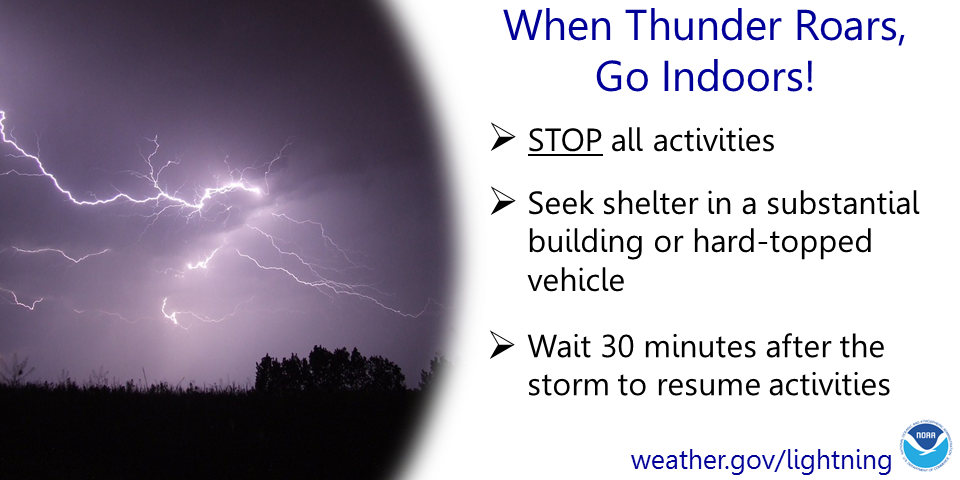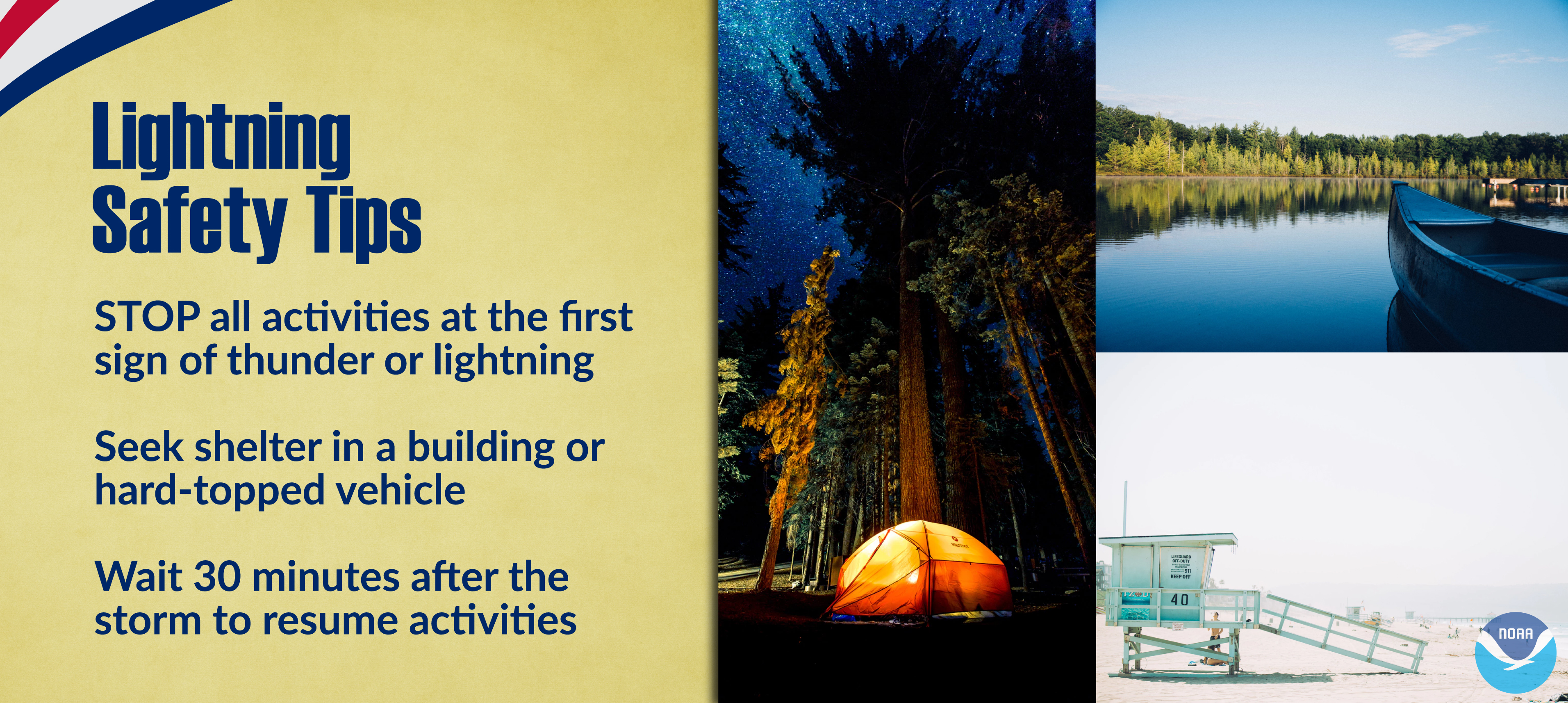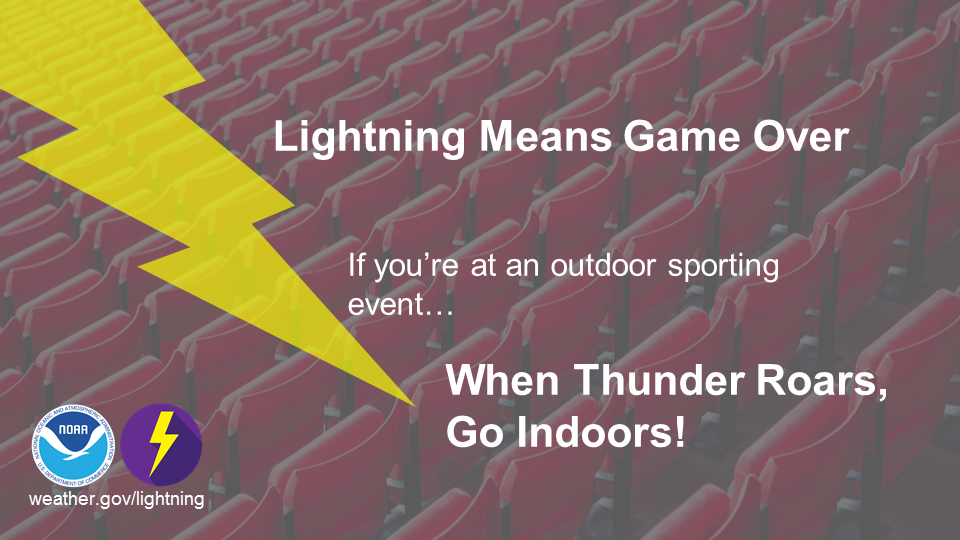
Heavy lake-effect and lake-enhanced snow will persist downwind of the Great Lakes and produce some whiteout conditions that could cause difficult travel conditions. A coastal low will produce moderate to heavy snow over parts of southern and eastern New England into the afternoon. Below average temperatures are expected across the eastern U.S., particularly with chilly morning temperatures. Read More >
What is Lightning?
![]()
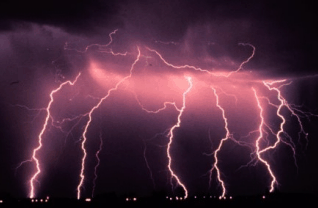 |
| Photo from: NOAA |
At any given moment, there are approximately 1,800 thunderstorms occurring over the Earth. It is estimated that 100 lightning flashes occur each second somewhere on the Earth, adding up to nearly 8 million lightning flashes per day. During your lifetime, you have a one in 600,000 chance of being struck by lightning.
The climate of northern Arizona provides us with a three month period (July through September) when thunderstorms occur almost every day. Typically forming in the late morning and lasting throughout the afternoon, the vivid display of lightning can be a beautiful sight to see. But Arizona thunderstorms have the potential to cause injury and death to people unfortunate enough to be struck by lightning.
All lightning is dangerous and even the weakest thunderstorms produce lightning. Most people in recent years have been killed by lightning while swimming, golfing, or hiking.
Lightning is a chaotic and dangerous aspect of weather. Lightning occurs most frequently during thunderstorms, but has also been observed during volcanic eruptions, extremely intense forest fires, and surface nuclear detonations. In a thunderstorm, lightning is created as a discharge of built up energy due to the separation of positive and negative charges which are generated inside the thunderstorm.
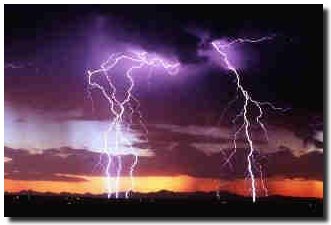 |
| Photo from: NASA |
The formation of ice in a cloud appears to be very important in the development of this charge separation and ultimately of lightning. Inside a thunderstorm, these ice particles vary in size, from small ice crystals to larger hailstones. Owing to the rising and sinking air associated with thunderstorms, these particles collide frequently inside the cloud. These collisions within the thunderstorm cause these particles to build up electric charge. Due to the different rates of rising and falling within a thunderstorm, a separation of electrical charge takes place. As the thunderstorm grows, intense electrical fields can develop within it. A large positive charge forms in the frozen upper part of the cloud and two charge regions - a large, negatively charged region and a smaller positively charged region - form in the lower portion of the cloud. The ground normally maintains a small negative charge with respect to the atmosphere, but when a thunderstorm drifts overhead, the negative charge at the cloud base induces a positive charge on the ground below the storm. The positive ground current follows the movement of the cloud like a shadow and concentrates on elevated objects, such as trees, buildings, and higher portions of terrain, in an attempt to establish a current to equalize the charges between cloud base and ground. Air, however is a good insulator, and the electrical potential between cloud and ground must build up to levels of tens to hundreds of millions of volts before the insulating properties of the air break down and an ionized conductive channel is established for the current to flow between the two charges. If you have ever had your hair stand on end while under a thunderstorm, you were in this positive ground current, and could have become a lightning target.
Lightning is usually initiated within the thunderstorm cloud when a faint, negatively charged channel called the stepped leader emerges from the base of the cloud and propagates toward the ground in a series of steps of about 1 microsecond in duration and 150-300 feet in length. The stepped leader reaches from cloud base to ground in about a hundredth of a second. As the stepped leader approaches the ground, streamers of positive charge rush upward from objects on the ground. When one of the streams contacts the leading edge of the stepped leader, the lightning channel is opened, negative charge starts flowing to the ground, and a return stroke, lasting about a tenth of a second, propagates through the channel as a bright luminous pulse. Sometimes, following the initial return stroke, one or more additional leaders may propagate down the decaying lightning channel at intervals of about a tenth of a second. These leaders, called dart leaders, are not stepped or branched like the original leader, but are more or less direct and continuous. Like the stepped leader, however, they initiate return strokes. These return strokes are what we call lightning.
 |
| Photo from: NASA |
Not all lightning forms in the negatively charged area low in the thunderstorm cloud. Some lightning forms in the cirrus anvil at the top of the thunderstorm. This area carries a large positive charge, and lightning from this area carries that positive charge to a negative charged area on the ground. This type of lightning stroke is particularly dangerous for several reasons. It frequently strikes away from the rain core, either ahead or behind the thunderstorm. It can strike as far as 5 or 10 miles from the storm in areas most people wouldn't consider to be risky for lightning. The other problem is that positive lightning typically has a longer duration, which results in more electrical charge being transferred to the ground. This can allow for easier ignition of fires and an increased risk to an individual
Thunder is the sound produced by rapidly expanding gases along a lightning discharge channel where air is instantaneously heated to temperatures near 10,000 degrees Celsius. The shock wave that is created by this heating is what we hear as thunder.
Thunder can typically be heard as far as 10 to15 miles away from a thunderstorm. Since light travels faster than sound, the further you are from a thunderstorm, the more time will pass from when you see a lightning strike and hear the thunder. The distance to a lightning flash in miles can be determined by dividing the seconds that pass between the lightning stroke and the thunder by five. When you see a lightning bolt, start counting one-one thousand, two-one thousand, etc. until you hear the thunder. Take that number and divide it by 5 to get the distance in miles between you and the lightning.
